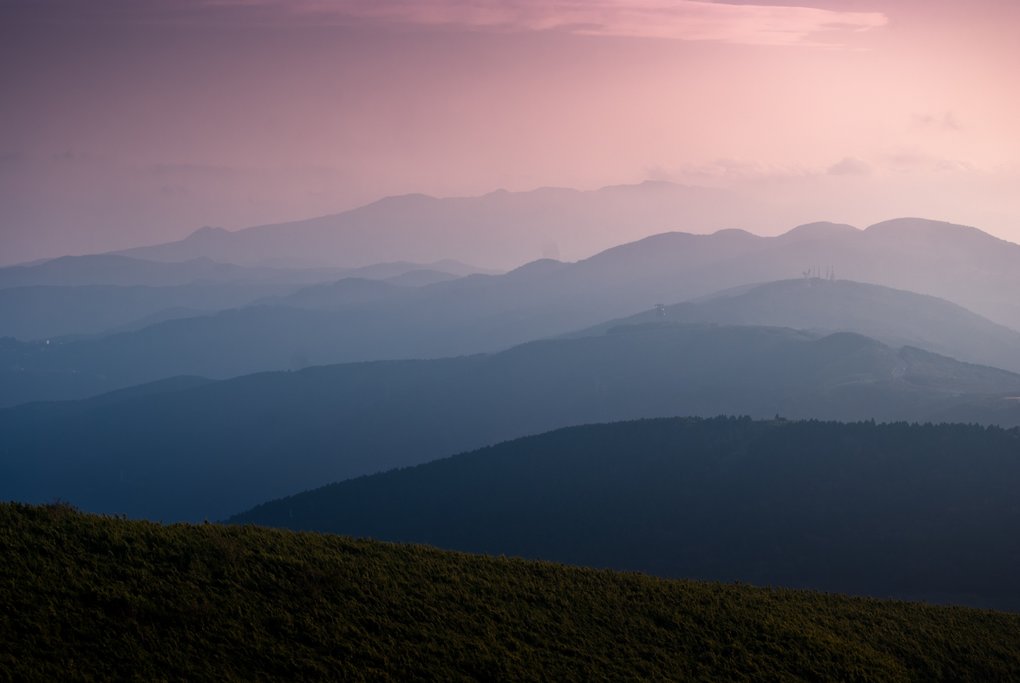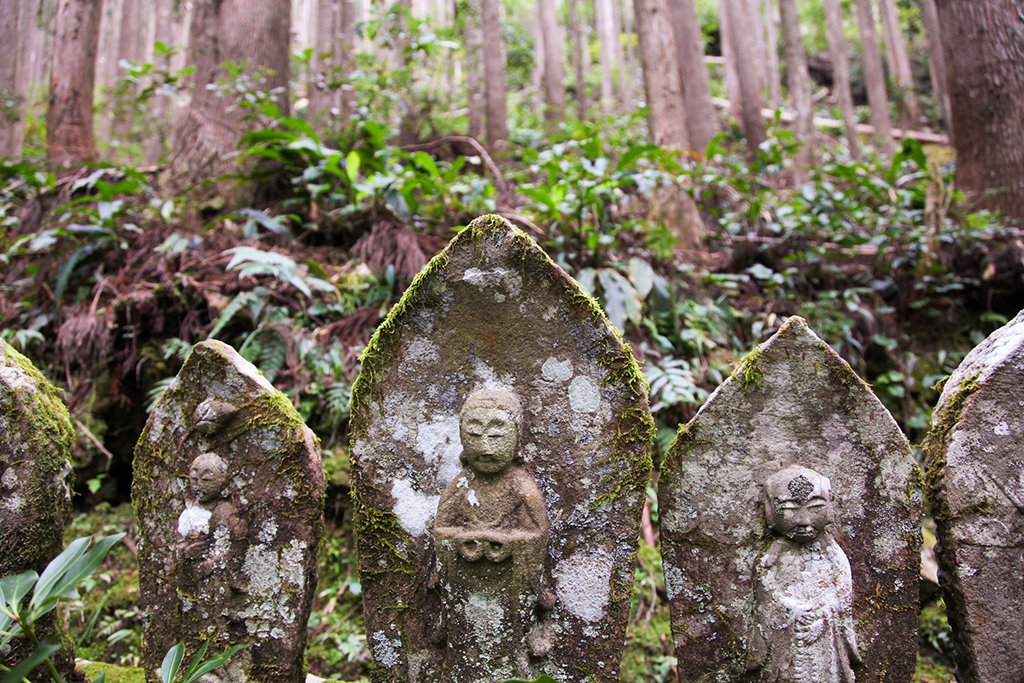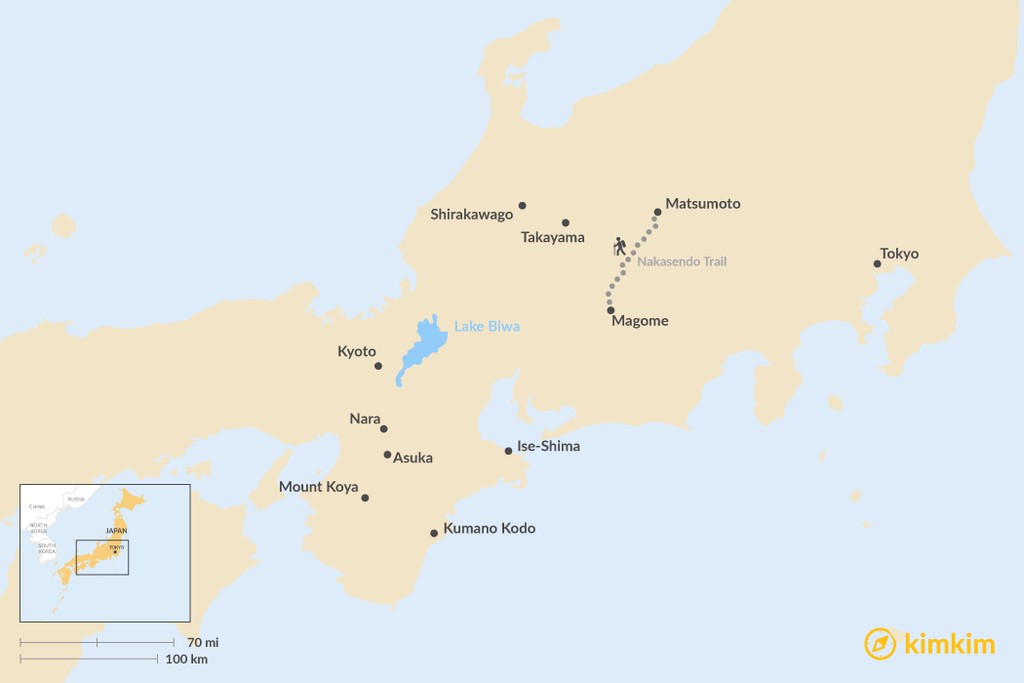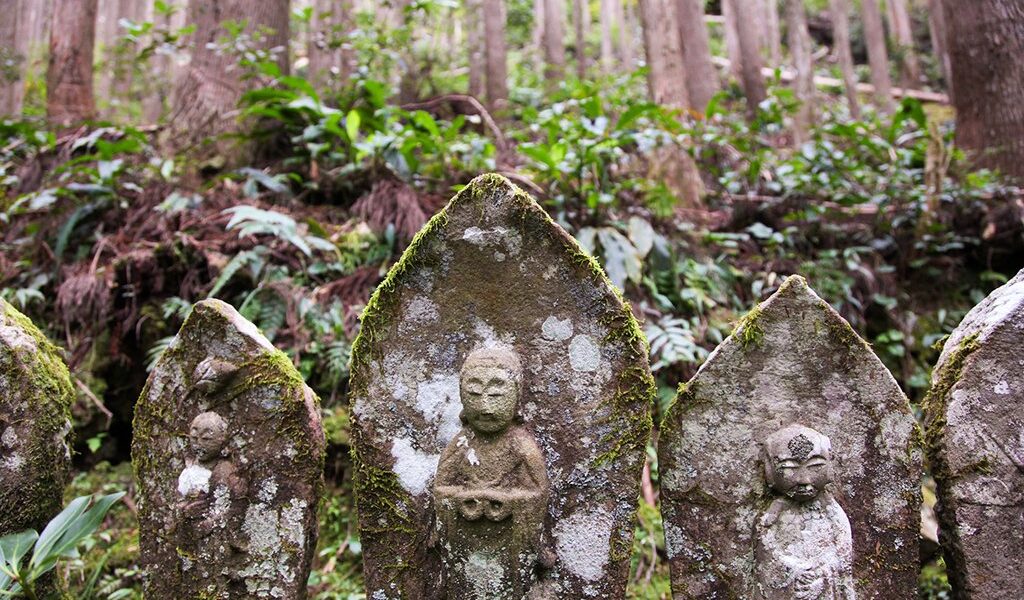
Looking for lesser-known, beautiful places to visit in Japan? Here is a shortlist of under-the-radar destinations to visit outside of the usual places most people go, like Tokyo, Osaka, and Kyoto.
## Exploring the Spiritual Heart of Japan: Mount Koya, the Kumano Kodo, and Beyond

Delve into the rich tapestry of Japanese culture and spirituality with a journey to Mount Koya and the Kumano Kodo, and venture onward to discover the serene beauty of Ise-Shima, the historical significance of Nara and Asuka, and the captivating landscapes of Japan’s countryside.
Mount Koya, a secluded mountain refuge, is a sprawling monastery complex easily accessible from the vibrant city of Osaka. This sacred site is deeply intertwined with the legacy of Kobo Daishi, a revered figure who played a pivotal role in democratizing Buddhism in Japan, making its teachings more accessible to the masses. Today, Mount Koya boasts over 100 active monasteries and temples, each offering a unique glimpse into the monastic life. A truly immersive experience awaits visitors with the opportunity to stay in traditional temple lodgings, originally designed to accommodate pilgrims seeking spiritual solace. These lodgings now extend their hospitality to all travelers seeking a taste of tranquility and cultural immersion. Guests are treated to exquisite shojin ryori, a meticulously prepared Buddhist vegetarian cuisine that nourishes both body and soul. Furthermore, guests are invited to partake in the serene morning prayer service held at the temple, providing a profound connection to the spiritual essence of Mount Koya.
## Kumano Kodo: An Ancient Pilgrimage Route
Journeying further south from the elevated sanctuary of Mount Koya lies the Kumano Kodo, an ancient and revered route of pilgrimage that has drawn seekers for centuries. This network of trails converges upon three sacred sites: the Grand Shrine at Hongu, Hayatama Taisha, and Nachi Taisha, each holding immense spiritual significance within the Shinto and Buddhist traditions. The Kumano Kodo offers spectacular opportunities for hiking and contemplation amidst breathtaking natural beauty. Its historical and cultural importance has earned it the distinction of being one of only two UNESCO World Heritage-recognized pilgrimage routes in the world, sharing this honor with the famed Camino de Santiago. As you traverse the ancient pathways of the Kumano Kodo, you’ll find opportunities to stay in small, family-run Japanese inns, known as minshuku. Many of these charming establishments boast onsen hot springs, where you can rejuvenate your body and spirit after a day of walking. All offer carefully prepared local cuisine, drawing from the abundant resources of both the mountains and the sea, providing a true taste of the region.
## Ise-Shima: Where Shinto Tradition Thrives
Continuing your exploration beyond the Kumano Kodo, a visit to the picturesque Ise-Shima area is highly recommended. For those eager to delve into the heart of Japan’s two principal faiths, Ise Jingu stands as the most sacred shrine in Shinto, dedicated to the veneration of the goddess Amaterasu, the sun goddess. This site offers an unparalleled opportunity to witness the enduring traditions of Shinto. A particularly remarkable feature of Ise Jingu is the ritualistic rebuilding of the main shrine building every 20 years, a spectacular undertaking that showcases the dedication to preserving ancient techniques and beliefs.
## Nara: A Capital Steeped in History
Venturing closer to Kyoto, you’ll discover Nara, a city that once served as the ancient capital of Japan, and arguably one of the nation’s most significant spiritual centers. Nara is home to a remarkable collection of temples, many of which have been designated as UNESCO World Heritage Sites, attesting to their historical and cultural value. Among these, Todaiji Temple stands out as a particularly popular destination, renowned for its immense and awe-inspiring bronze Buddha statue. Equally impressive is the temple itself, which ranks among the largest wooden buildings in the world, and it’s worth noting that the current structure is actually smaller than its previous incarnations!
## Asuka: A Glimpse into Ancient Japan
Not far from both Kyoto and Nara lies the small, rural town of Asuka, a place that predates both cities as an ancient capital of Japan. In Asuka, visitors can immerse themselves in the local culture through homestay experiences, offering a unique opportunity to connect with residents and learn about their way of life. Alternative options include staying in small family-run Japanese inns, adding to the authenticity of your travel experience. Asuka presents excellent opportunities for walking and cycling, allowing you to explore ancient stone monuments, verdant rice terraces, and serene temples. It is within Asuka’s historical landscape that the very first Buddhist temples in Japan were established.
## Discovering Japan’s Enchanting Countryside
It is easy to fall into the misconception that Japan’s attractions are solely limited to its temples and shrines. However, the reality is far more diverse and captivating. While the bustling cities of Tokyo and Osaka may dominate popular images of Japan, a wealth of other destinations in the countryside offer visitors the chance to experience authentic local customs and connect with the heart of the nation.
The Nakasendo Trail and Kiso Valley, nestled in Nagano prefecture between Kyoto and Tokyo, provide a stunning example of this. Along the trail and within the valley, you’ll discover a number of beautifully preserved post towns, showcasing Edo period architecture. Fantastic walking opportunities abound, leading you past cascading waterfalls, through serene bamboo groves, and into charming country hamlets.
Also conveniently accessible from both Tokyo and Kyoto is Takayama. Once a regional governmental outpost, the town retains strong local traditions, most notably the vibrant spring and autumn festivals, featuring richly decorated and animated festival floats. Takayama is also home to a preserved downtown core, known as the sanmachisuji district, which now houses a variety of small boutiques showcasing local crafts, as well as sake producers, for which the area is renowned.
A short journey from Takayama leads to Shirakawago, an area encompassing small villages nestled amidst the mountains. These villages are renowned for their gasshozukuri, or ‘praying hands’ houses. These unique buildings derive their name from the sharply peaked thatched roofs, designed to withstand the region’s heavy winter snows.
Finally, the smaller city of Matsumoto, also located in the Nagano area, boasts not only an imposing castle but also a district of preserved kura buildings. Hot springs are a common sight in the mountains surrounding Matsumoto, offering further opportunities for relaxation and rejuvenation.

B-1460

